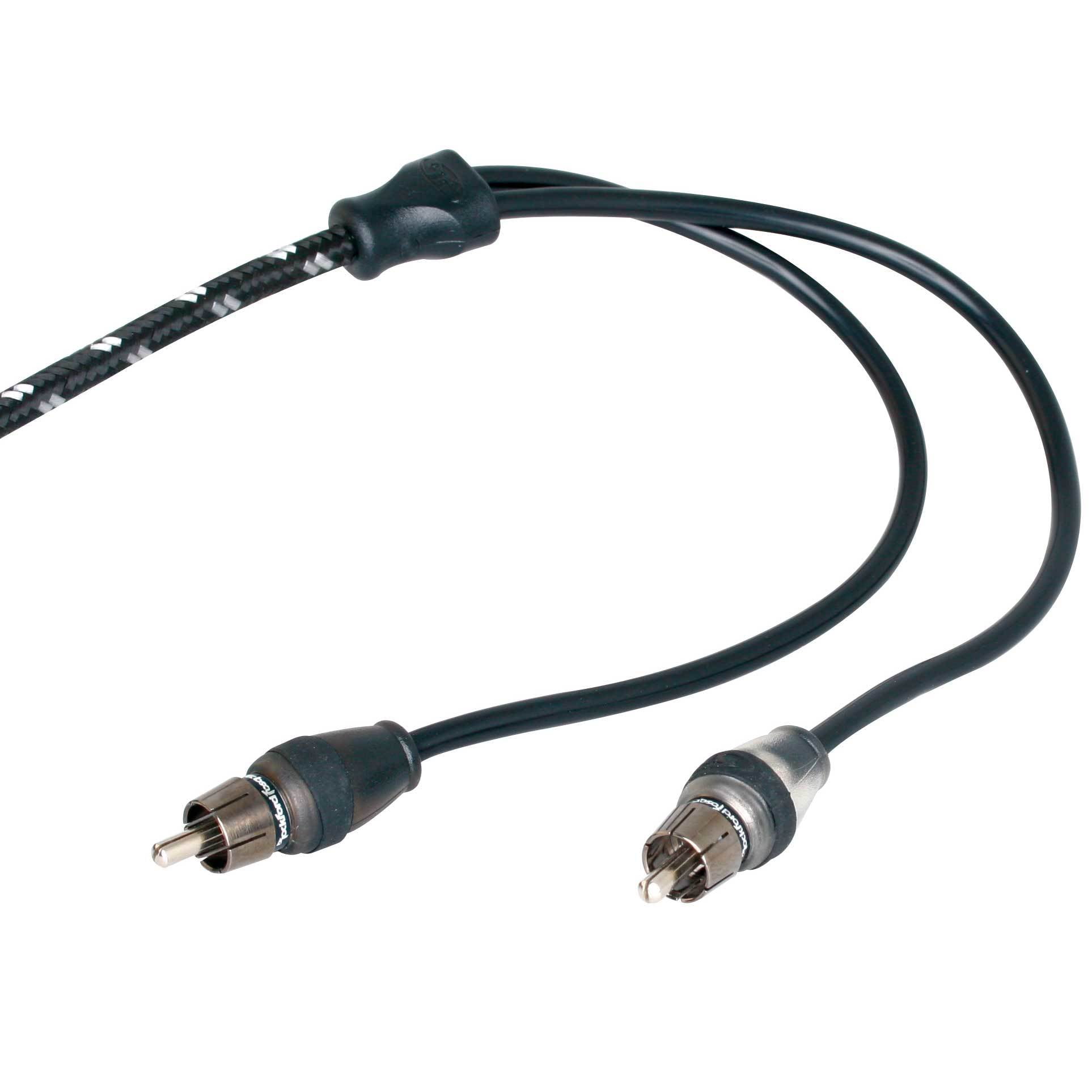
Want your cross-hairs to move at a crawl with small movements and at light-speed with large movements? Go for it. The right analog stick has a frightening level of customisation, allowing for changes to the static dead zone, as well as a completely changeable response curve for movements. Every general input button, other than ‘share’ or ‘options’, can be mapped to another button if you so desire, allowing for customisable controls in games that don’t allow for them natively. I would have preferred to see a gated d-pad here.Īlmost all buttons are completely customisable and can be saved to four different profiles via Nacon’s Revolution software. The d-pad isn’t quite as positive an experience, with its non-gated nature meaning that it can sometimes be imprecise in practice. The sticks are still relatively tight and snap back into place satisfyingly, but it means that less force is needed to move them and also makes minute movements of the stick easier to do.

#Twisted remote play pc premium pro
The sticks on the Revolution Pro are longer than on the Dualshock 4, which I found a little more confortable, and they’re also slightly looser. The other difference is in the length of the sticks themselves and their friction. What this means is that the right stick is built so that you can easily gain a foothold on the sticks surface while nudging it from the sides, allowing somewhat easier control when lining up shots. The sticks feature different tops, with the left stick being concave and the right being convex. The analog sticks are also quite a bit different to the Dualshock 4 controller, and not only because of their displaced nature (I have come to prefer displaced sticks over the last 2 console generations).

This is my favourite implementation of customisable back-buttons yet, with me generally using them as macros of R3 and 元, allowing for quick buttons presses for melee attacks and sprinting that don’t cause issues with my aim or movement. What results is the ability to leave your fingers in one place, while having 4 distinctive buttons that can be easily and quickly pressed without confusion or accidentally hitting the wrong one. To do this, the buttons follow the curve along the hand-holds of the controller, allowing for a raised section that can be ‘pushed’ as one set of buttons and a flat section that can be ‘pulled’ as the other. Unlike other controllers which have implemented a paddle system for their additional buttons, the Revolution Pro sports two buttons on either side of the controller that can be hit in two different areas to create 4 customisable buttons. I’ve now spent quite some time running, gunning, racing and fighting with my Nacon Revolution Pro and I have been impressed by the solid build quality and range of customisation options that it brings to the table.įor those who haven’t seen or heard of the Revolution Pro before, it’s a wired PlayStation 4 controller that sports a non-gated d-pad, displaced analog sticks and 4 customisable buttons on the backside of the controller. Instead of doing just that, Sony instead announced that they had licensed both Razer and Nacon to create their own elite controllers for the PlayStation 4.

With the Xbox One now sporting a fancy elite controller, players began wondering when Sony would follow suit with their own elite controller for the PlayStation 4. In the past, the only way to get customisable controllers was to go through companies like Scuf Gaming, who physically altered and customised official controllers, but these weren’t readily available in stores.

With the creation of the Xbox One Elite Controller, Microsoft brought the world of high quality, customisable controllers to the mainstream market.


 0 kommentar(er)
0 kommentar(er)
